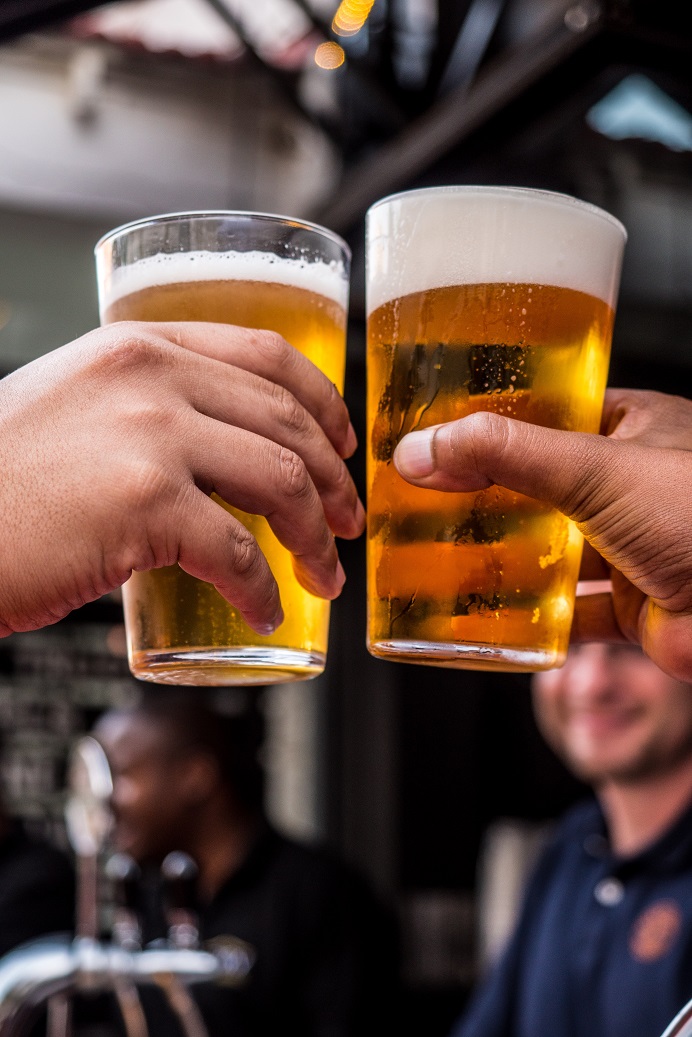Mothers impact their children’s perception of drinking alcohol, study reveals.
The use of alcohol in most cases does not begin until later in adolescence. But recent studies show children unconsciously form ideas about alcohol based on parental drinking behaviors, meaning parental influence begins early on in their lives. Dr. Megan Cook and Professor Kuntsche agreed, “most have already internalized normative behavior about adults’ drinking practices as young children under the age of 8.”
The researchers from the Center of Alcohol Policy Research conducted a study surveying 329 children from the Netherlands. The children aged 4-6 years old were asked to match 4 alcoholic and 8 non-alcoholic beverages to a variety of people in an electronically illustrated scenario. Each Illustration portrayed everyday life events, such as restaurants, parties, and campsites. Children tapped each image to indicate what they thought a particular individual shown in the image was drinking in each place.
Meanwhile, their parents completed an online survey about their alcohol use and exposure to the children. Parents were asked about their alcohol intake during various life events such as during dinner, at Christmas parties, watching television, at barbecues, dining out, and camping. They unknowingly shared how often they consumed alcohol in the same situations that were given to the children in the electronic illustrations.

Of the participants, it was found that fathers consumed alcoholic beverages 9 times in the 4 weeks prior, 3 ½ times more than the mothers. Girls had been exposed 2 times to fathers drinking, while mothers ranked 1.5 on average. It was found that the fathers were more likely to drink in situations that involved children, ie: exposing children to alcohol consumption. A significantly lower percentage of the participants showed that if one parent drank, so did the other. Across the board, children connected alcohol to females in 51% of the illustrations, while the children attributed males to alcohol in 89% of the illustrations. Specific gender roles had different percentage rates. Children assigned alcohol to mothers 35%, while female friends and grandmothers 16%. While fathers tied to the alcoholic illustrations were 62%, male friends and grandfathers were 26%.
Overall, the study found that children exposed to parental drinking revealed a gender-specific trend. Data suggested exposure to mothers’ drinking had a higher impact on the alcohol perceptions of children, meaning that what children tend to learn mainly comes from their mothers.
It is noted that before ever consuming alcohol many variables affect this outcome. The social and physical aspects of where the children live, alcohol availability, price, and marketing. But primarily parents play the key role in alcohol perception. Studies of early exposure of alcohol predict heavy drinking problems in 17- to 19-year-olds. This is a major problem as alcohol use at a young age increases negative physical and mental health, introduces social problems and can lead to alcohol dependence. Prevention of these outcomes is vital and limiting early exposure is a key solution.
Researchers stated, “The results provide compelling evidence of the intergenerational transmission of drinking behaviors at very young ages, and because exposure is gender-specific, it may be an important first stepping-stone toward the gendered drinking identities found in the adult population.”


Join the conversation!